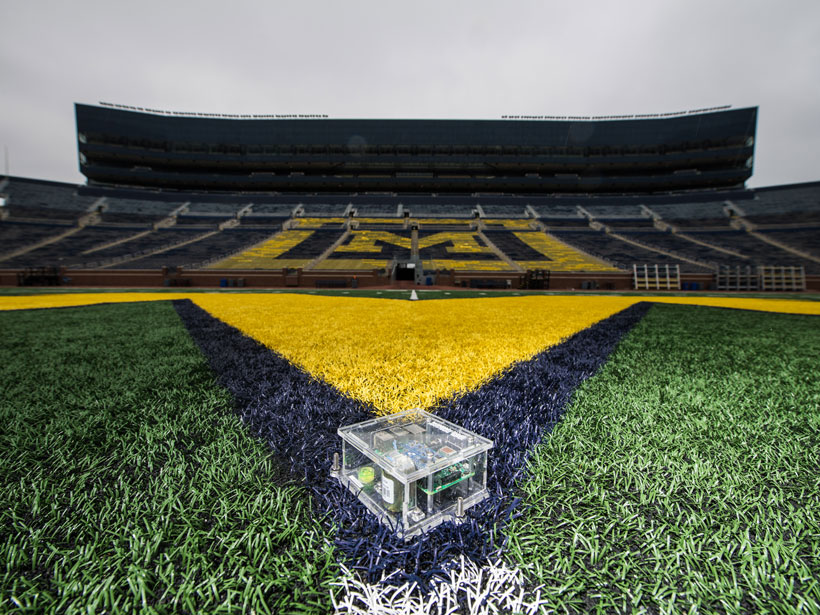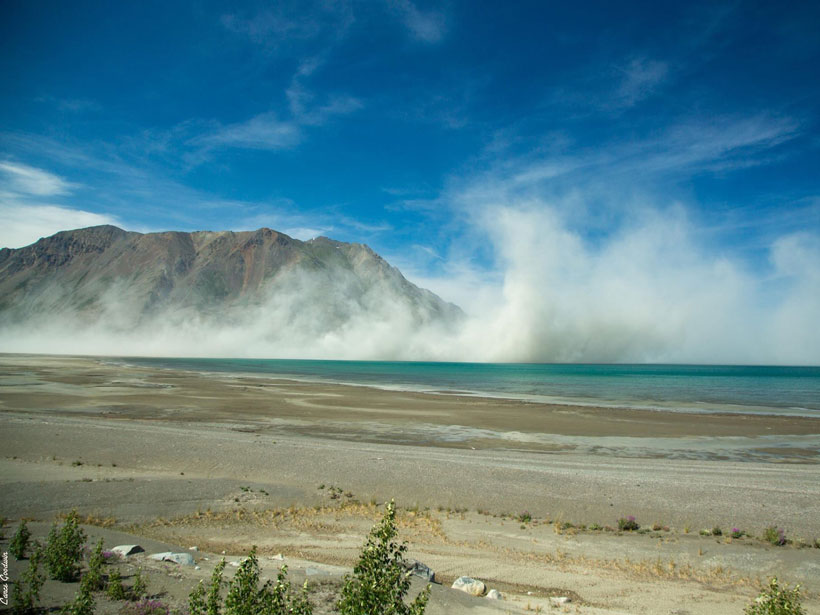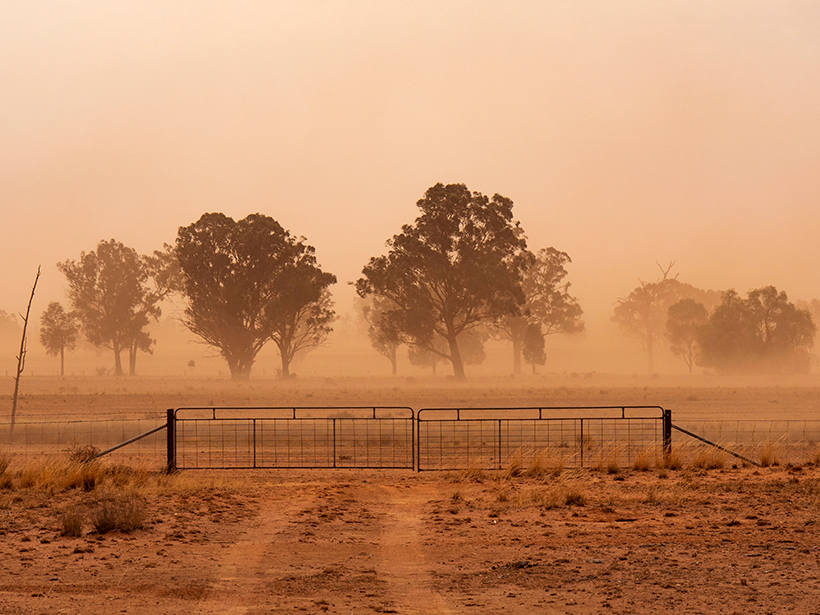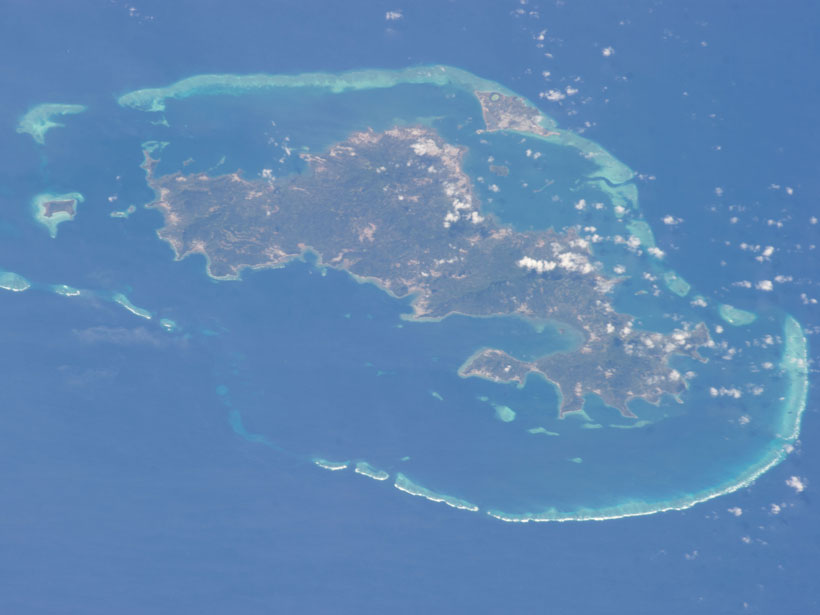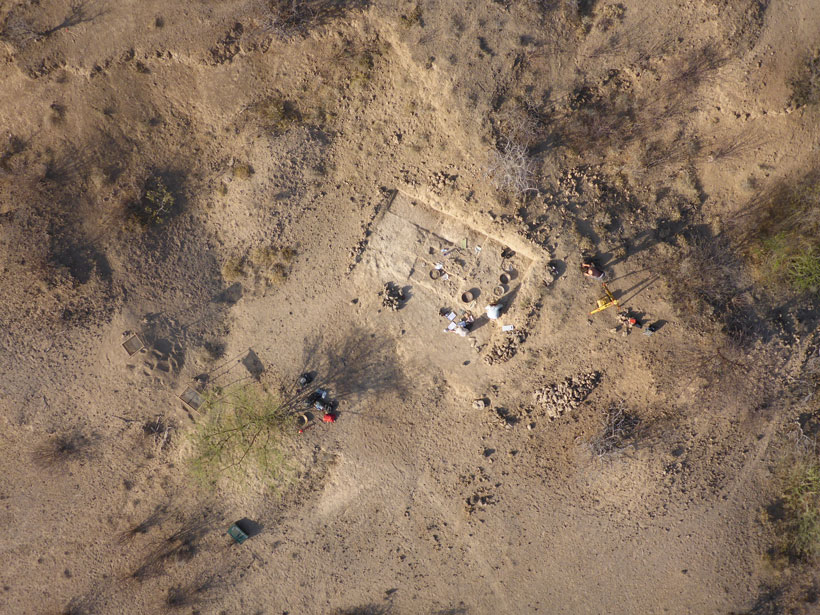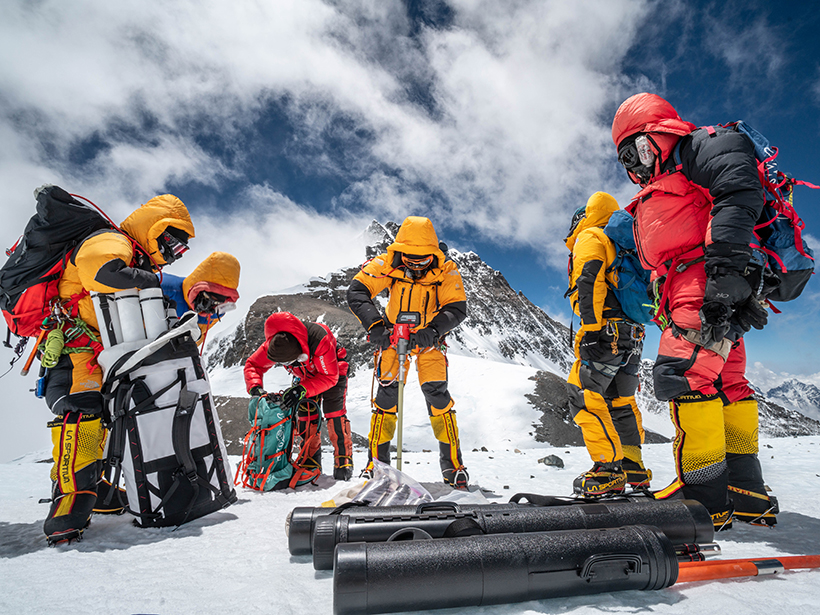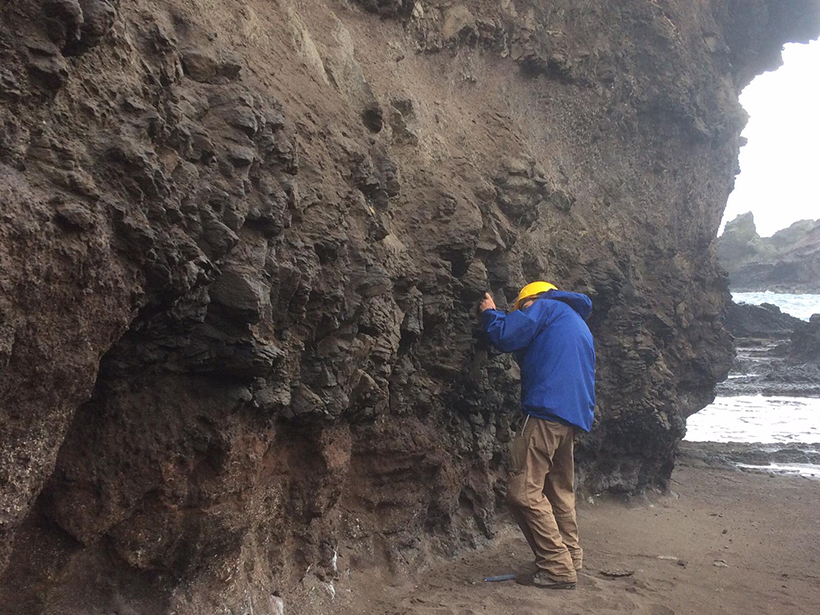New research shows that huge bubbles can change the viscosity of lava and drastically affect how it moves across the landscape.
#AGU20: Shaping the Future of Science
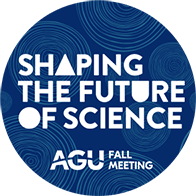
Students Monitor Campus Noise in Seismic Silence
Researchers are engaging their students with low-cost seismology research to monitor local noise on campus.
Rethinking the Concept of Virtual Water in the Global Trade Market
Discussions around global trade are starting to consider the water it takes to produce exported goods. Some scientists argue that this approach should take a regional rather than global perspective.
Dust from Receding Glaciers May Have Major Atmospheric Impacts
New research is helping scientists understand how Arctic dust created by receding glaciers affects local air quality and global climate.
Dirty Trees Shape Earth’s Hydrologic and Carbon Cycles
Researchers peer into precipitation partitioning—the process by which plants and the organic matter coating them help shape the hydrologic cycle.
Long-Term Drought Harms Mental Health in Rural Communities
In rural and remote communities in Australia, psychological distress worsened during the first few years of a prolonged drought. Other signs of poor mental health persisted beyond that time.
New Volcano, Old Caldera
Researchers suggest a magma chamber sits within an old submarine caldera structure that extends into the mantle. Nearby, a new underwater volcano emerged with a flurry of seismicity.
When Did Archaic Humans Control Fire?
A familiar geochemical technique shines a new spotlight on early hominin use of fire.
An Ice Core from the Roof of the World
An innovative National Geographic expedition collected the world’s highest ice core from Mount Everest.
A Robust Proxy for Geomagnetic Reversal Rates in Deep Time
The strength of Earth’s magnetic field in the distant past can tell scientists whether the planet’s magnetic poles were steady or prone to frequent reversals.


